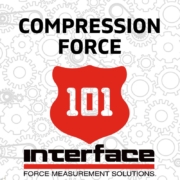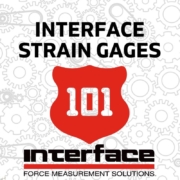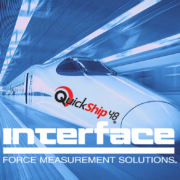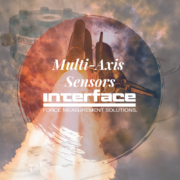Enhancing Friction Testing with Multi-Axis Sensors
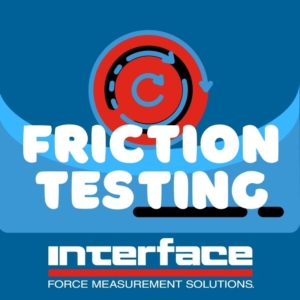 Multi-axis sensors premier benefit is the ability to collect multiple data points to provide a more complete picture during product design and testing phases. The ability to measure on multiple axes at one time not only offers more accurate data, but it also speeds up the test process. Essentially it requires fewer variables, like using multiple load cells. One force testing application that benefits greatly from multi-axis sensors is friction force testing.
Multi-axis sensors premier benefit is the ability to collect multiple data points to provide a more complete picture during product design and testing phases. The ability to measure on multiple axes at one time not only offers more accurate data, but it also speeds up the test process. Essentially it requires fewer variables, like using multiple load cells. One force testing application that benefits greatly from multi-axis sensors is friction force testing.
For purposes of definition, friction is the resistance a surface or object encounters when moving over another.
The coefficient of friction (fr) is a number that is the ratio of the resistive force of friction (Fr) divided by the normal or perpendicular force (N) pushing the objects together.
The force exerted by a surface as an object moves or attempts to move across it is what is called friction force. Though it is not always the case, the friction force often opposes the motion of an object. A friction test will look to measure the resistance preventing the objects from moving without interference or restriction against each other. For purposes of measurement, sliding and static friction are the two most common.
Traditionally, the friction testing process for trying to measure multiple axes was completed using two or more single axis load cells that would measure force on each axis separately. Unfortunately, this process required the user to have multiple load cells of the same design on hand for such testing. Most importantly, this methods results could include parasitic losses to accuracy.
By introducing a multi-axis load cell like the 3-axis sensor, the user can get a more complete picture with less time and lower costs. The benefits of using a 3-axis sensor include the ability to eliminate parasitic losses and move the measurement closer to the specimen. Also, 3-axis sensors allow for simultaneous measurements of the x, y and z axis without additional load cells.
In our recent webinar Inventive Multi-Axis and Instrumentation Solutions, Keith Skidmore details a friction testing example and the benefits of using multi-axis sensors. He explains, in a friction test where you want to apply a weight to a specimen and then drag that specimen across a surface, that drag force could be measured with the single axis load cell. This works great assuming the weight is constant that you are pulling. The assumption in your testing accuracy is that the specimen doesn’t move during the test, so to prevent it from tipping over you probably have guides or an applied object. The issue is this type of application or guide might create parasitic loads and create a non-repeatability system.
How do you constrain the system without affecting the measurement in this type of friction testing? One way to do it would be using a three-axis sensor right above the specimen. Now you can use guides and it doesn’t matter because the sensor is sensing right at the test specimen. You can pull on it, the data channel shows the change in weight as you slide providing your fixed weight. Then you’ve got your friction force which tends to want to move side to side.
Users can also consider a 6-axis load cell for friction testing. 6-axis load cells provide even more data on all six axes, and also allows the user to adjust out of any off-axis components. Users that are interested in knowing the rotational component of the friction testing machine may also want to consider 6-axis. Using a 6-axis would allow you to measure tendencies in rotation or other effects from fixturing. More data, better analysis and ability to control your testing specimens.
Recently, Interface introduced an application note detailing the use of a 3-axis load cell to measure and test a friction force machine. Check it out below:
Friction Testing
A testing laboratory was looking to replace two single axis load cells used in their friction testing machine with one sensor that could measure force on the x, y, and z axis simultaneously. Interface suggest installing a 3A60 3-Axis load cell their existing machine with an Interface BSC4D-USB Multi-Channel PC Interface hooked directly to a PC laptop to monitor and log the data in real time. Using this solution, The testing laboratory was able to simplify their sensor set-up and improve their data collection, creating more value for their end customer. You can read the entire application note on friction testing here.


